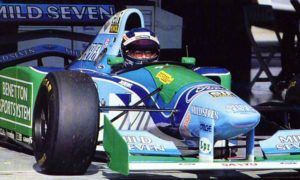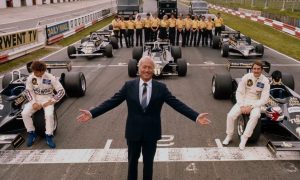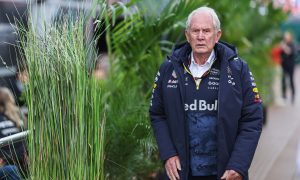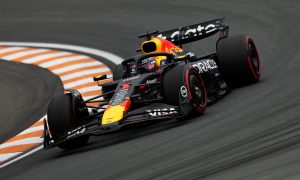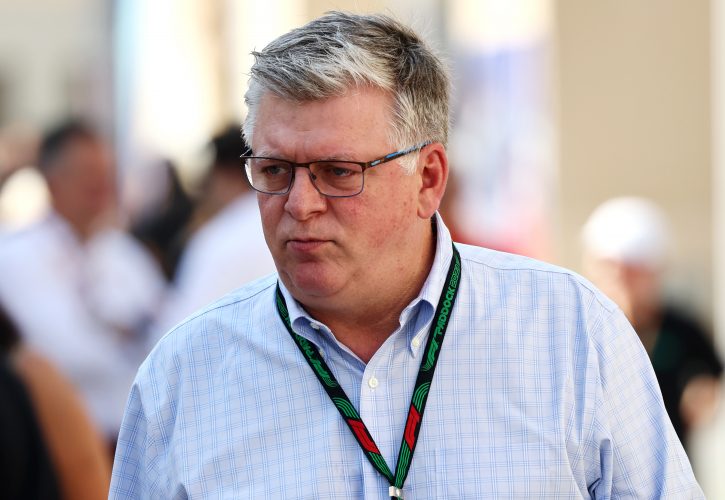
Former Alpine F1 team principal Otmar Szafnauer has rejected claims by his successor Bruno Famin that the outfit’s previous regime is to blame for the French team's current underperformance.
Szafnauer parted ways with Alpine along with long-standing sporting director Alan Permane after last years’ Belgian Grand Prix due to a disagreement between the American and Renault’s top brass regarding the team’s timeline to success in F1.
Szafnauer had guided Alpine to a respectable fourth place in F1’s 2022 Constructors' Championship. But last year the team fell to sixth in the standings, and the situation has gone from bad to worse under Famin.
The team's gamble on a heavily revised car concept backfired, resulting in an overweight and sluggish A524 that has yet to score a single point this season.
In a recent interview with Formula1.com, Famin attempted to deflect responsibility for the team’s mediocre results, suggesting that Szafnauer and his team should shoulder the blame.
“The car we have now is the result of previous management,” the Frenchman contended.
It's predictably an allegation that Szafnauer vehemently rejects, arguing that the timeline for car development makes Famin's claim completely baseless.
Firstly, the cost cap regulations limited any major chassis changes, making it logical to field a similar chassis for two seasons – meaning for 2022 and 2023. This implied that a new chassis was always destined for 2024.
Secondly, the timing of Szafnauer and Permane's departure – just before the summer break – along with the earlier exit of chief technical officer Pat Fry, indicates that they can't be held solely accountable for Alpine's current predicament.
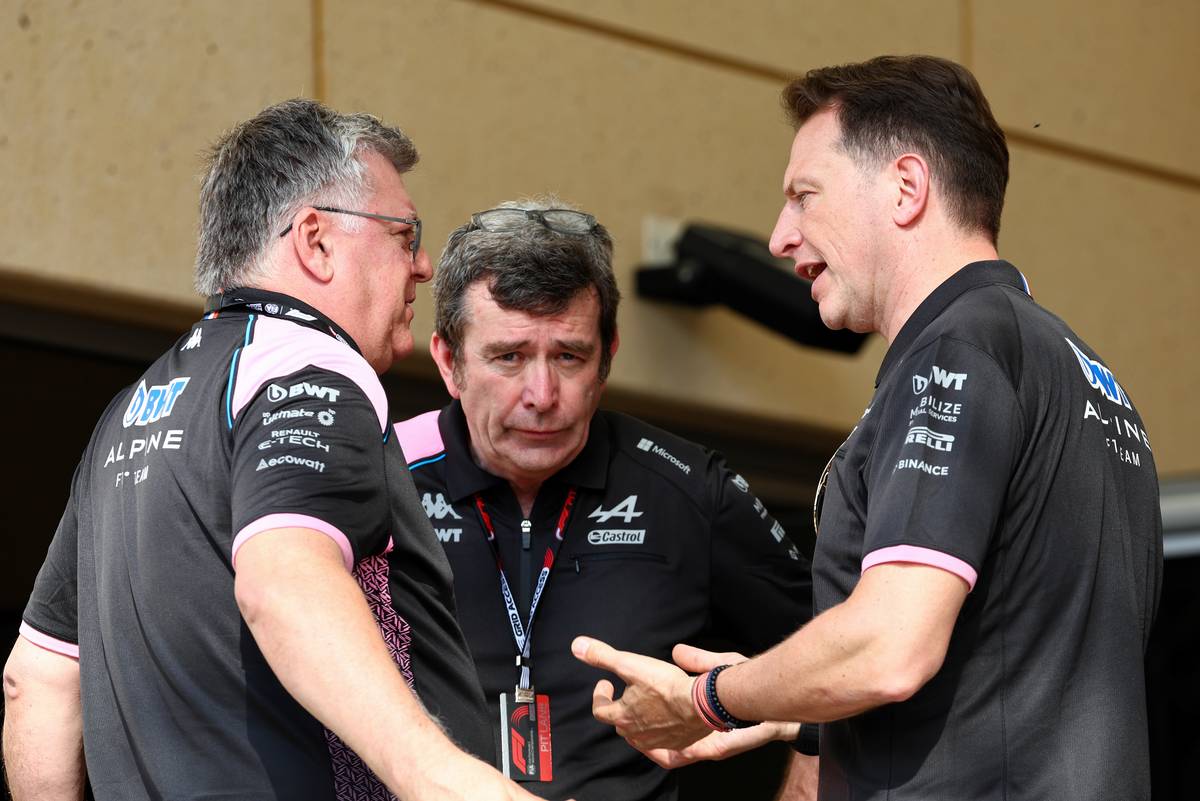
Former Alpine team principal Otmar Szafnauer with Bruno Famin and former Alpine CEO Laurent Rossi in Bahrain in 2023.
“We have limited CFD and wind on time and geometries, so you can’t even use one wind tunnel to its full – probably half capacity, as well as CFD,” Szafnauer explained, quoted by The Race.
“So because of it and the way the [aerodynamic testing regulations] reporting structure goes almost everybody works on the current car up until the [summer] break.
“And then depending on how quickly you can produce the findings up until the break, some of those upgrades come as late as Singapore [in September].
“If you can produce them quicker, you get them on the car quicker, but generally Singapore is your last big upgrade.
“That last big upgrade in Singapore was conceived in June/July, right before the break.
“After the break, everyone switches to next year's car. You might change a tub, you might change geometry, you might go from pullrod to pushrod, you change stuff. And when you change it, you mainly change it for aerodynamic benefit.
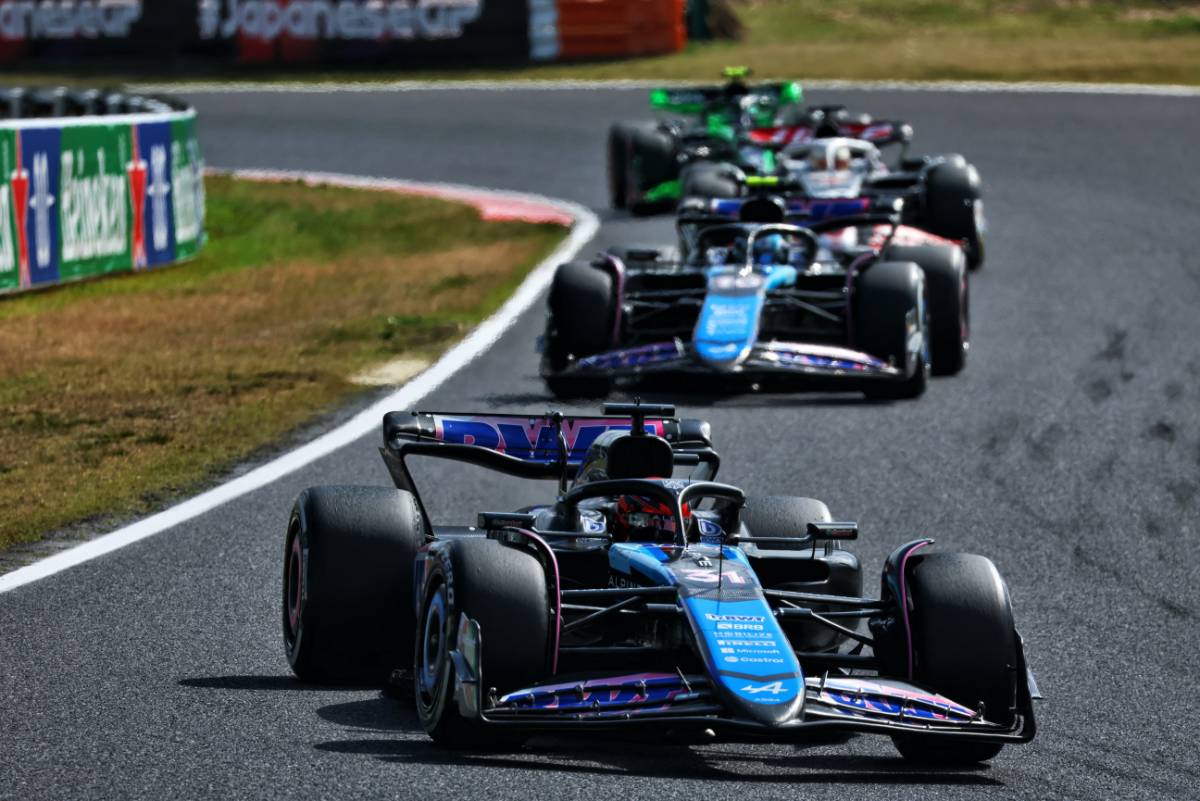
“So now you start your model changes and you're starting to do different experiments that don't necessarily apply to this year's car. It's what happened at Renault.
“Alan and I left in July and after we left, they started on next year's car. And Pat had resigned by then as well. So to the uninformed, you can say all these problems were caused by those guys, but I don't think so.”
Asked if parent company Renault has, in his view, a clear understanding of what he takes to achieve success in Formula 1, Szafnauer said: “Not from what I saw”.
“Not just Renault but big car companies, even car companies that have racing as part of their DNA, shouldn't meddle,” he added.
“It’s so much different from a car company, you should just leave it to the experts.
“The only similarities are: you have five wheels on a car and five on a racing car – four wheels and a steering wheel – and that’s it. The rest is so different.
“You call them a car, but the technology development is different, the technology you use is different, the level of the engineering that goes into it is different, the level of the education of the engineers is different.”
Keep up to date with all the F1 news via Facebook and Twitter



